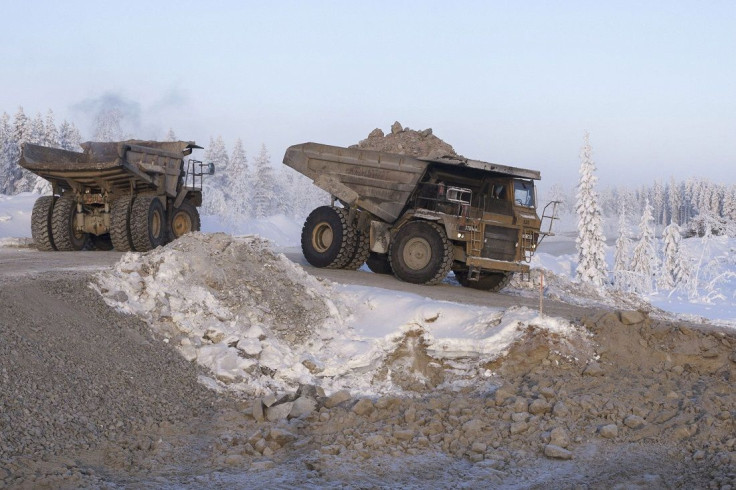High Grade Ore Depletion Threatens Mineral Sands Industry

Higher prices may be needed to incentivise exploration work for zircon and titanium dioxide miners in the future, as the mineral sands industry comes to terms with the decline in valuable heavy mineral ore grades due to inaccessibility of high risk jurisdictions.
The mineral sands industry consists of two principal products: titanium dioxide minerals in the form of rutile, leucoxene and ilmenite; and zircon. Most deposits are found in unconsolidated fossil shorelines several hundred metres inland from the present shoreline.
The decreasing zircon and rutile assemblages and valuable heavy mineral grades are some of the major challenges currently plaguing the mineral sands industry, said Victor Hugo, general manager of exploration and geology in Iluka Resources, at Informa’s Mineral Sands 2015 conference in Melbourne last March.
According to Iluka, current global mineral sands operations have an estimated average heavy mineral grade of just over four percent. Additionally, the estimated “trash” in current operations rose to 50 percent. The percentage of heavy mineral contained within a given sample is determined through assaying. It is the most critical component in resource assessment, since it will determine whether a mineral sand final product is marketable or not. Other results of assaying include clay fines, sand and oversize. Metallurgical assessment is often undertaken through laboratory scale bench tests that replicate the wet concentration and dry mill processing routes.
There are still sources of heavy mineral ore grades, but these are usually countries with higher sovereign risks, such as Kenya and South Africa. They come with increased costs and challenges for exploration work, as mining laws are not particularly friendly to miners and investors alike. Yet, these countries are relatively unexplored and are likely to be the main hosts of undeveloped high grade mineral resources, hence potentially providing new supply in the long term—but only if there is a favourable legal environment in the region.
Better jurisdictions
According to Fraser Institute’s Annual Survey of Mining Companies, Finland is still the best place to do mining business for the fifth consecutive year because of its abundance of mineral potential, clear regulatory guidelines, effective tax regime, and robust labour market. Both Canada and the United States also fared well in the survey, with eight North American provinces and states making the top 10 cut. Western Australia lands in fifth place.
Meanwhile, the African continent bettered its performance from 2013 due to policy score improvements in majority of African countries. Namibia and Botswana topped the list of African nations at 25th and 26th places, respectively.
Chile remains to be the most attractive jurisdiction for mining investment in Latin America and the Caribbean Basin, and is ranked 13th overall. Titanium mining continues to enjoy robust growth, attracting foreign companies like White Mountain Titanium Corporation (OTCQB:WMTM), which operates the Cerro Blanco Project in the Atacama Region in Northern Chile. Having acquired the project in 2004, White Mountain has since spent approximately U$28 million [$37 million] on exploration, definition drilling, metallurgical studies, preliminary engineering, technical reports and preliminary economic assessments. The company expects to complete a final feasibility study within 12 months and aims to become a global provider of high grade titanium dioxide concentrate in the form of rutile.
To contact the writer, email a.lu@ibtimes.com.au.




















